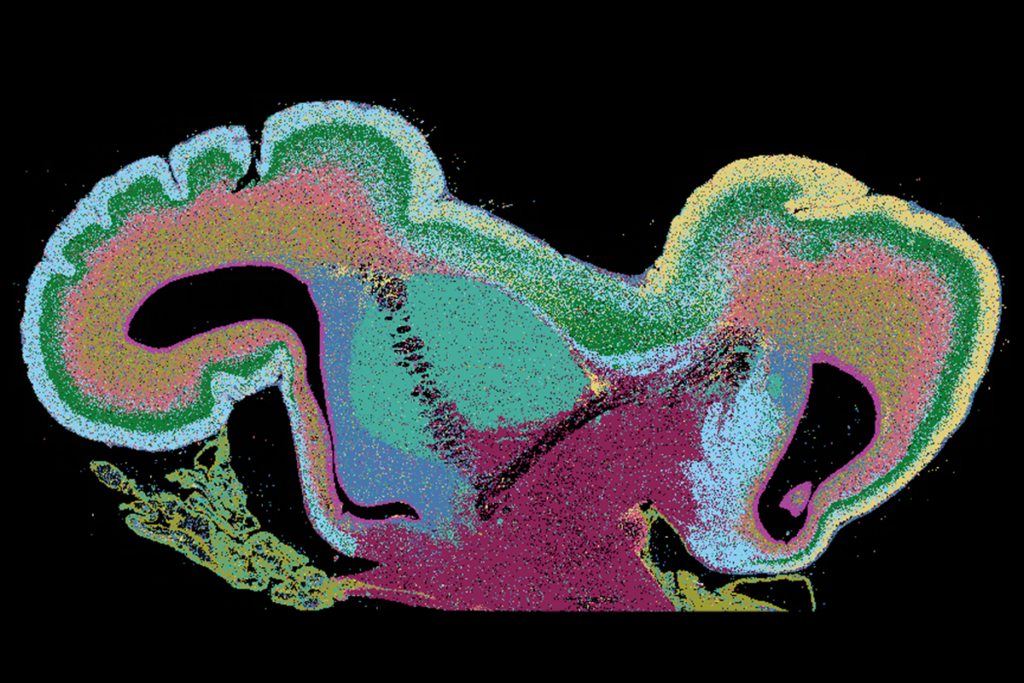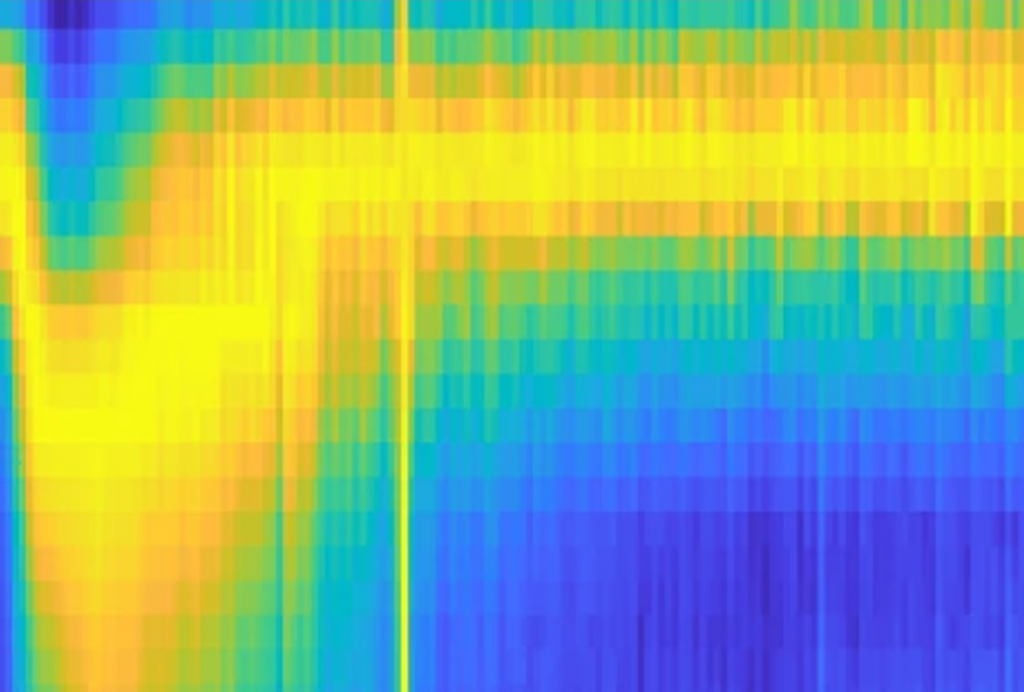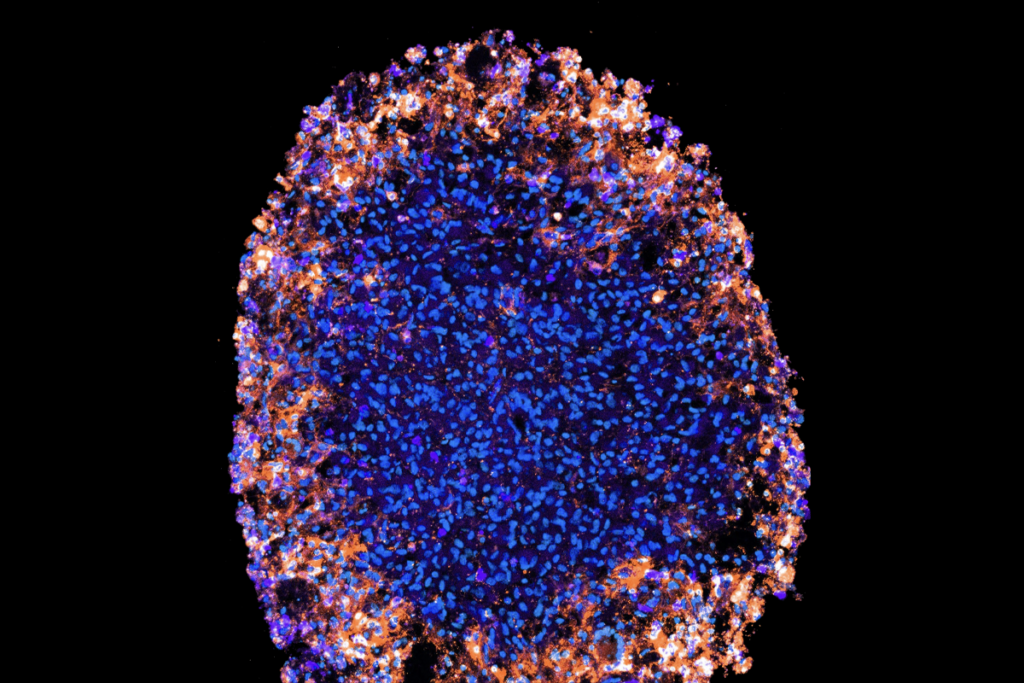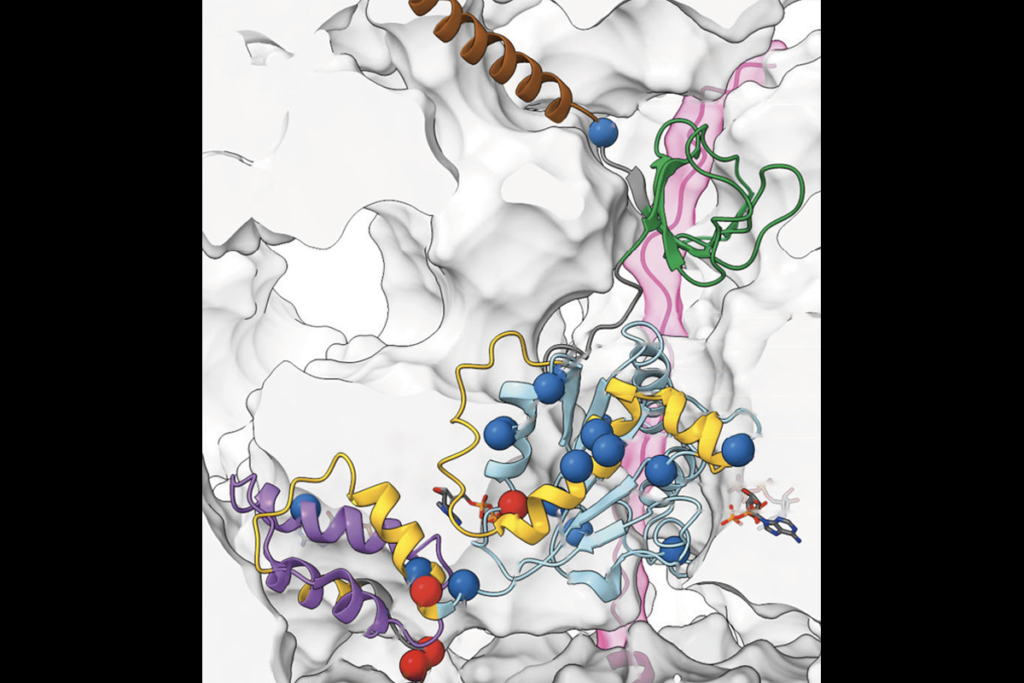Technique reveals convoluted curves of chromosomes
A new method is faster and more accurate than previous methods at revealing the complex folds that help to fit nearly six feet of DNA into the tiny nucleus of a cell.
A new method is faster and more accurate than previous methods at revealing the complex folds that help to fit nearly six feet of DNA into the tiny nucleus of a cell. The technique, described 18 December in Cell, may help researchers better visualize the three-dimensional (3D) structure of the genome and its role in disorders such as autism1.
Several genes that are linked to autism help to regulate chromatin — the protein-DNA complex that forms chromosomes. But the standard method to isolate chromatin from cells and analyze its folds, dubbed ‘Hi-C,’ is both time-consuming and error-prone.
Hi-C traditionally uses formaldehyde to freeze chromatin in place and preserve its folds by linking the DNA to itself. Next, an enzyme digests away the surrounding cell, leaving the convoluted chromatin suspended in a solution. Another enzyme snips the DNA near the linkage sites, and a third then fuses the resulting fragments into a sequence, revealing the sites’ location in the molecule’s 3D structure. The whole process takes about a week.
In the new study, researchers used an enzyme that punches holes in the nuclei of formaldehyde-fixed cells. This allows the DNA snipping and fusion processes to take place within the confines of the nucleus as opposed to in a diluted solution. The close proximity helps enzymes better interact with the DNA and prevents errors introduced by unintended DNA breaks that can occur in solution.
The technical tweak shaves four days off of the weeklong protocol. It also identifies more than 15 billion DNA linkage points — up from 6.7 million with the earlier method. Analyzing the position of these points allows researchers to map chromatin’s twists, turns and loops.
Using the improved method, researchers analyzed chromatin from seven human cell lines and identified roughly 10,000 loops in the genome. A protein called CTCF pinches together distant pieces of DNA at the base of each loop, often landing genes next to DNA elements that switch them on.
The loops do not curve, but rather crumple into a more compact space. These crumpled loops, called contact domains, typically span about 200,000 base pairs — much smaller than previous estimates of 1 million base pairs.
The researchers created an interactive tool to explore their data, called Juicebox. Other researchers can download the tool for free to analyze their own data.
References:
1. Rao S.S. et al. Cell 159, 1665-1680 (2014) PubMed
Recommended reading

Among brain changes studied in autism, spotlight shifts to subcortex
Home makeover helps rats better express themselves: Q&A with Raven Hickson and Peter Kind
Explore more from The Transmitter

Dispute erupts over universal cortical brain-wave claim
Waves of calcium activity dictate eye structure in flies

